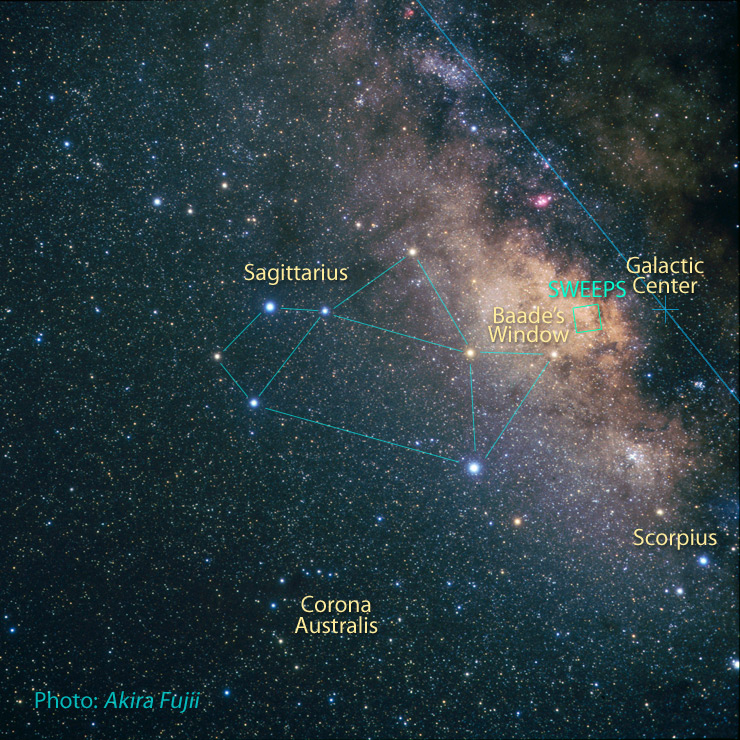beryllium732 wrote: ↑Fri Nov 08, 2024 2:46 am
Ann wrote: ↑Thu Nov 07, 2024 4:11 am
beryllium732 wrote: ↑Thu Nov 07, 2024 1:36 am
That sounds really sad! I didn't know our Milky Way was that inactive. I wonder if the Andromeda galaxy also is a dead galaxy just like ours.
Neither Andromeda nor the Milky Way are "dead" galaxies, because both are indeed forming new stars. Our galaxy is forming about one new star per year. Andromeda, however, is forming stars at a slower rate than that.
I deliberately picked an Andromeda image where the young blue stars are almost invisible. But if you look at the far left part of Andromeda, you can just make out the brightest region of star formation in Andromeda, NGC 206.
NGC 206 in Andromeda Torben Hansen wiki.png
NGC 206 in Andromeda.
Ann
That looks so surreal! You can barely see it. Is that what it looks like in a binocular and what our eyes can see? Would our galaxy look like a standard white lightbulb to our eyes? What spectrum would a starburst galaxy look in our eyes if it were a neighbour like Andromeda?
Indeed, that's what Andromeda would look like in binoculars and to our eyes, if we can see the disk at all, which is not certain. That depends on the darkness and the clarity of the sky and on the person's eyesight.
Chris Peterson discussed this phenomenon in
this post, although he was discussing galaxies in general and not Andromeda or the Milky Way.
Chris posted two images of famous spiral galaxy M51, the Whirlpool galaxy. In today's pictures, the arms of M51 typically look very bright, but in reality, they are dim.
The faintness of the spiral arms of spiral galaxies is why it took a relatively long time for astronomers to discover spiral arms. It was Lord Rosse who had a tremendously huge (for its time) telescope, the Leviathan, built at Birr Castle in Ireland.
With his huge telescope, Lord Rosse was the first one to discover the spiral arms of M51, in 1845. This is Lord Rosse's drawing of M51:
So, given that the first telescopes were
invented in 1608, it took more than 200 years for astronomers to discover the spiral arms of spiral galaxies. That should give you an idea of how faint the arms typically are.
Why are the spiral arms so faint? Well, take a look at the picture below which shows you both NGC 206 in Andromeda, and Andromeda's small and compact satellite galaxy, M32. We may note that NGC 206 and M32 are at very similar distances from us, and their diameters are very similar, so in many ways they are really comparable. Which object looks brighter to you, NGC 206 or M32?
NGC 206 (blue cluster at left) and M32 (small yellow galaxy at right).
Credit: Douglas J. Struble.
Here's the deal. M32 contains only old stars, probably 95% of them are yellow or red, and the vast majority of them are faint. But, yes, a few of them - 1%? 0.1%? 0.01%? - are bright red giants, say, 10-300 times the luminosity of the Sun.
So, how many stars are there in M32? According to
Hubblesite, there are roughly 400 million stars within a diameter of only 1,000 light-years in M32! That 's 400,000,000,000 stars. Therefore, if only one out of 400,000 stars is a red giant, there will still be 100,000 red giants within a volume with a diameter of only 1,000 light-years in M32. And a thousand light-years is roughly the distance from here to the bright stars in Orion. Imagine having 100,000 red giant stars between us and Orion. Imagine having 100,000 stars as bright as Arcturus (some 100 times brighter than the Sun) between us and Orion.
What about NGC 206? According to
Wikipedia, there are more than 300 stars in NGC 206 that are brighter than M
b= —3.6. An absolute magnitude of —3.6 means a brightness similar to Polaris, whose absolute luminosity is some 2,400 solar luminosities. So there are more than 300 stars in NGC 206 that are brighter than Polaris.
I'm sure that there can't be more than a handful of stars in M32 that come close to the brilliance of Polaris. Actually, there may not be a single star in M32 that can rival Polaris. The brightness of the brightest stars in NGC 206 is no match for M32.
Yes, but how many stars are there in NGC 206? I haven't been able to find out. My own guess is that there may be as many as 100,000 stars there, the vast majority of them quite faint. Yes, but if so, 100,000 stars is no match for 400
million stars. Remember that in M32, there might be 100,000
bright stars, and you can bet your boots that there are not 100,000
bright stars in NGC 206.
And that's why centers of galaxies are bright and spiral arms are faint.
Ann
 Milky Way over Easter Island
Milky Way over Easter Island













